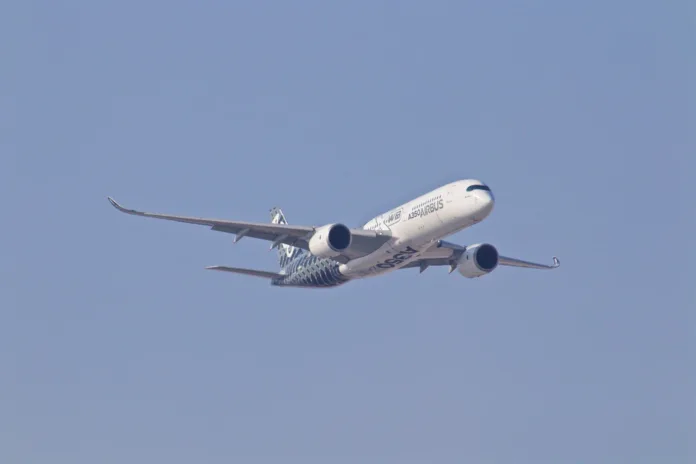Many of us daydream about visiting faraway places, but our wallets are less enthusiastic about heavy travel. Luckily for you, you don’t have to be a billionaire to make frequent travel a staple of your lifestyle. Whether you often travel for work, you’re embracing the digital nomad revolution, or you just want to get out more, flights that don’t break the bank are within your reach.
You want to travel more because it’s enjoyable for you. Airlines and credit card companies want you to fly more often because it’s profitable for them. In a classic case of quid-pro-quo, they’ve invented the frequent flier program. Frequent flier programs are points-based reward systems that allow customers to accrue points exchangeable for flight miles. Essentially, with enough finesse and patience, frequent flier programs equal free flights for you.
However, these programs are notoriously complex, and they can be intimidating to rookies who are just looking to fly more for less money. If you’re looking to take an inch and travel a mile, here’s the complete frequent flyer how-to guide for you.
Frequent traveler must-haves
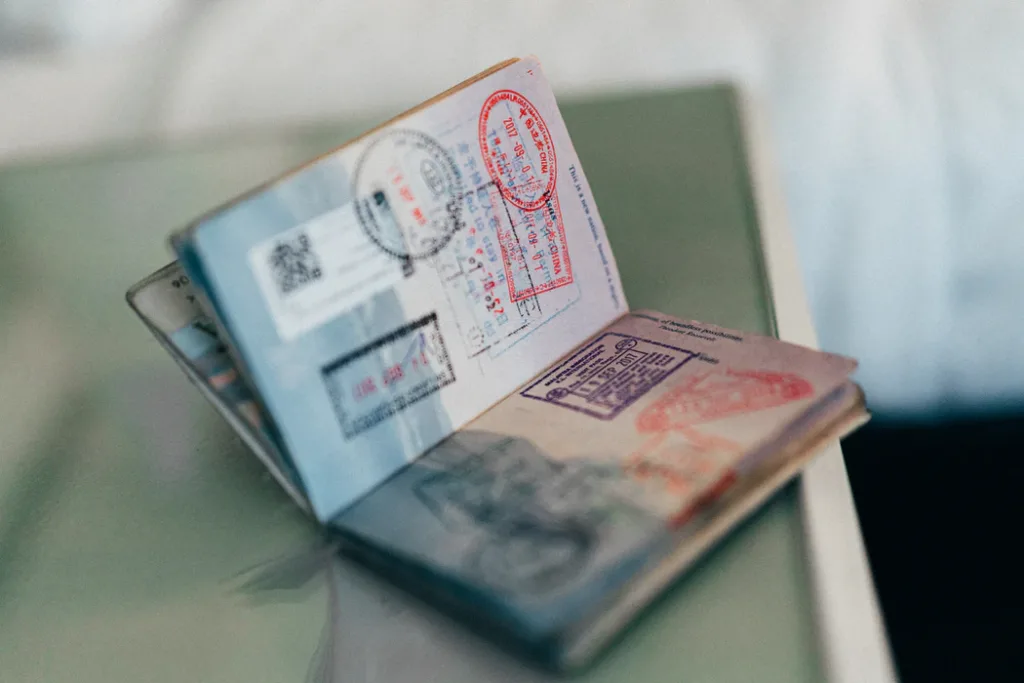
First, there are some tools and resources that will help you once you’ve accrued your points and you’re jet-setting in style. When in Rome, right? Here are some of the tips that frequent travelers swear by.
Invest in a digital luggage scale and a super-compact carry-on bag to make air travel less stressful. This way, you’ll never have to worry about paying checked baggage fees or fighting people for space in overhead bins. For long layovers or travel days, bring an external battery to keep you connected and on track.
Lastly, if you’re traveling enough that mail becomes an issue, subscribe to a digital mailbox service like the one from iPostal1. Digital mailboxes receive, scan, store, forward, and shred mail for you while you’re on the road, so you don’t have to worry about coming back to a pile of missed messages.
Now that your housekeeping ducks are in a row, you can pack your bags and head for the airport with these frequent flyer how-to tips.
Sign up for credit cards
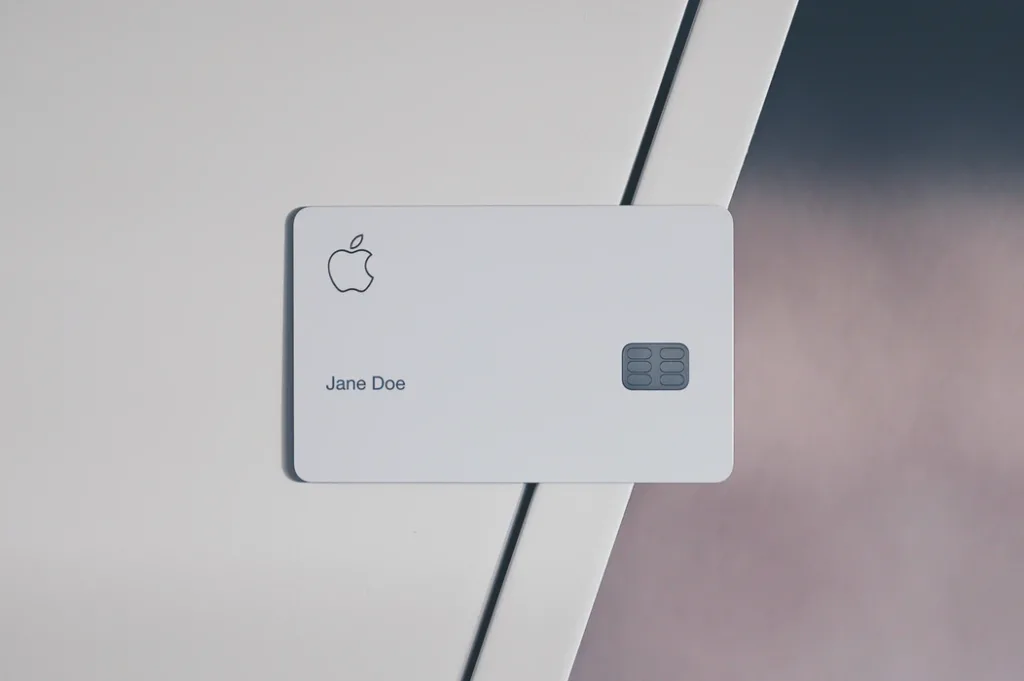
Frequent flying is all about the points or miles that you can accumulate through flying or making everyday purchases. Many travel credit cards target frequent travelers by offering special sign-up bonuses. By signing up for one of these cards and spending a certain amount on it by a specific time, you could enjoy bonuses of up to 100,000 miles. Many credit cards will also give you miles on your everyday purchases like fuel and restaurant spending.
Research travel credit cards
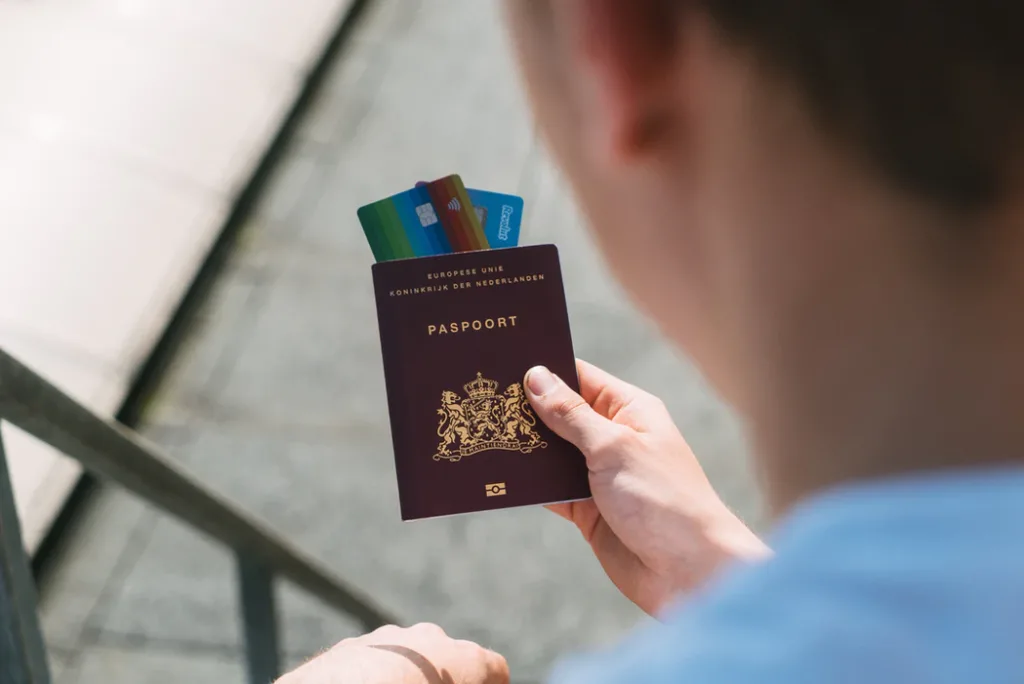
To get more bang for your buck out of credit card miles, consider signing up for a travel card. Travel cards are credit cards designed for frequent travelers. They often have generous sign-up bonuses and double or even triple points on international purchases. Travel credit cards are an excellent tool for people looking to travel more often because the more you travel, the more miles you have the potential to earn.
Enroll in an airline rewards program
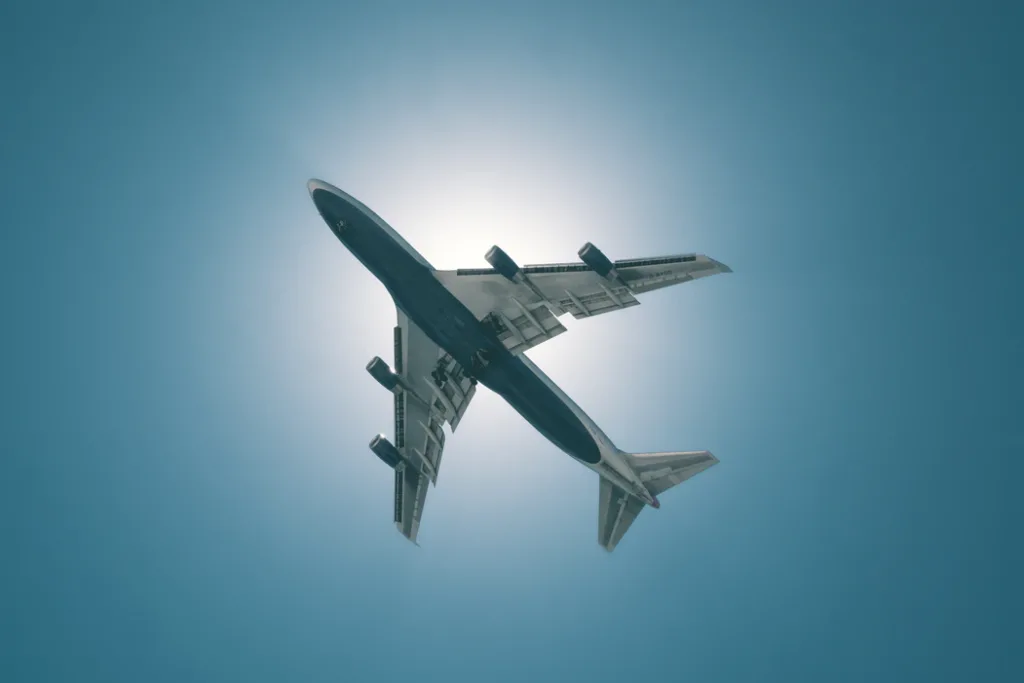
Many airlines such as American and Delta offer their own rewards programs for customers to encourage loyalty. Unlike credit card mile points, these points are only usable with the specific airline, but they’re a good option if you have a company you prefer to travel with most of the time. Most of these rewards accounts are free to create, so make one or two for your favorite airlines to ensure none of your bought-and-paid-for miles get wasted.
Sign up for the airline’s credit card
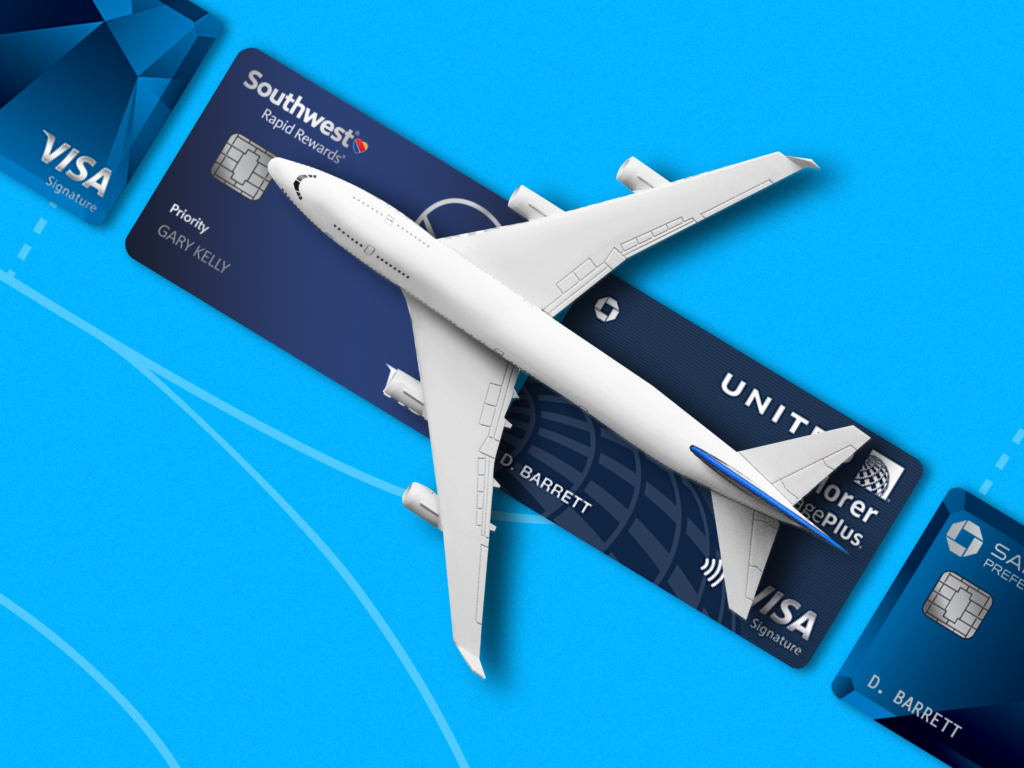
Your FICO score might take offense if you go out signing up for every airline credit card under the sun, but if you have a favorite airline, signing up for their credit card is a great way to maximize your mileage with them. Airline credit cards are less versatile than general travel credit cards, but they often have special perks. Airline credit card holders enjoy priority boarding and waived bag fees, which can stack up if you’re traveling regularly for work or leisure. Which credit card option is best for you will depend on your flying habits.
Pay your bills

You have to pay your bills anyway, right? Make that money work for you by researching if any airlines partner with your utility company. Delta offers miles for your gas bill, while American will let you earn if you use DirecTV. Research online or talk with an airline representative to see if your monthly expenses have any free miles hidden up their sleeves.
Shore up big purchases

Say it’s your friend’s birthday and there’s an expensive restaurant they’ve wanted to try, or you’ve got Christmas shopping coming up. Maybe there’s an upgrade in your house you’ve meant to make, or your car needs repairs. If you know a couple of big purchases are coming your way at once, try to save them up and pay for them using your travel credit cards. These are expenses that you would have anyway, so you may as well earn a free airplane ticket out of the deal.
Spring for an upgrade every now and then
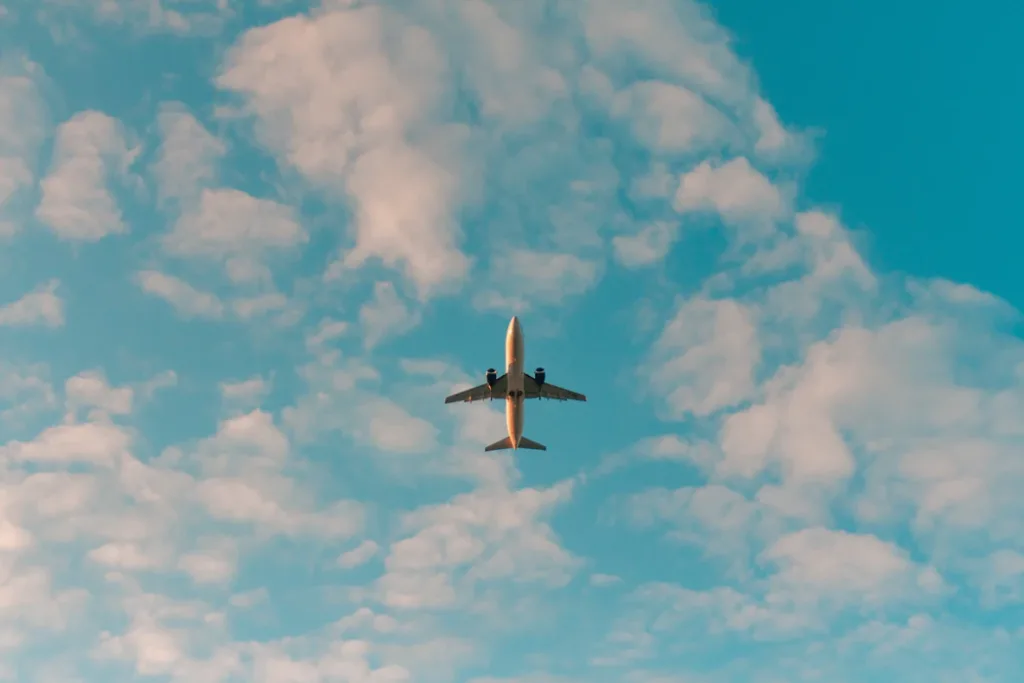
Airline miles are not based on the actual miles you travel in a given journey but on how much money you spend with an airline. If you’re on the fence about buying a seat with more legroom or even upgrading to first class, treat yourself every once in a while and watch those miles rack up over time. Money spent on comfort now can equal money saved on flights later.
Wrap up
With all this talk of points and miles, becoming a frequent flyer can feel like playing the world’s most complicated arcade game. Instead of an overpriced pencil sharpener, your prize for winning might be a free flight across the country or globe.
Earning frequent flyer miles is all about ensuring that the money you spend is working for you on more than one level. Think of travel or airline credit cards as investments that make your daily spending more efficient. Consider your flying habits and what kind of travel you want to partake in. This reflection will help you determine which strategies are best for your mileage needs. Good luck, and happy travels.

